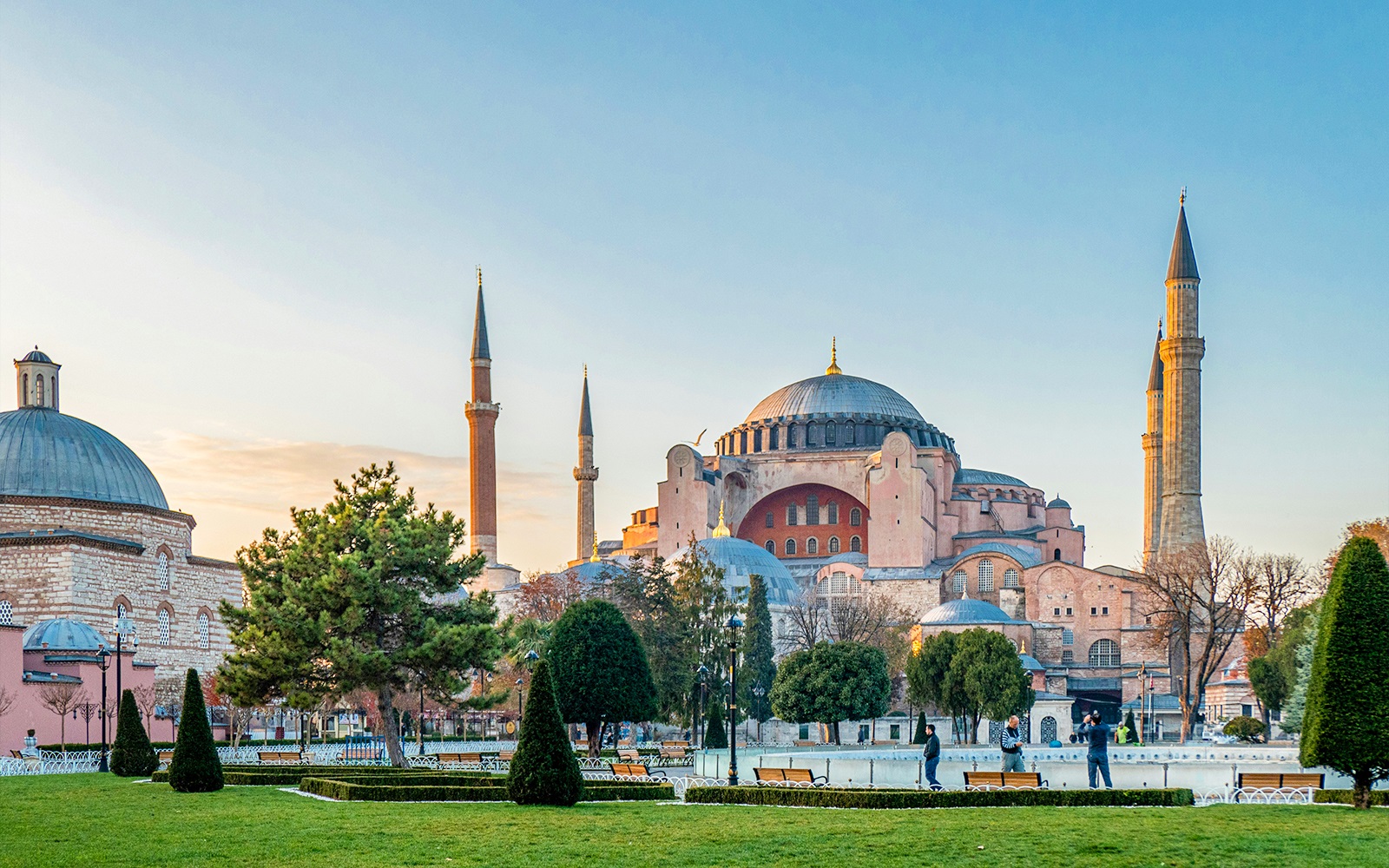 Hagia Sophia, Turkey: A Timeless Symbol of Cultural Fusion
Hagia Sophia, Turkey: A Timeless Symbol of Cultural Fusion
Keywords: Hagia Sophia, Hagia Sophia Turkey, history of Hagia Sophia, cultural fusion in Istanbul, Byzantine architecture, Ottoman architecture, Hagia Sophia mosque, Hagia Sophia museum, historical landmarks in Turkey
Introduction
Located in the heart of Istanbul, Hagia Sophia (Ayasofya in Turkish) stands as a living monument to cultural fusion, bearing the marks of both Christian and Islamic civilizations. With a history that spans over 1,500 years, this architectural masterpiece has served as a cathedral, mosque, museum, and now again a mosque—each transformation echoing the changing tides of religion, power, and art in Turkey.
In this article, we explore how Hagia Sophia symbolizes the intersection of cultures and religions, making it one of the most significant landmarks in world heritage and an enduring emblem of East-meets-West.
The Origins of Hagia Sophia: A Byzantine Wonder
Constructed in 537 AD under the direction of Byzantine Emperor Justinian I, Hagia Sophia was originally built as a Christian cathedral and served as the religious center of the Eastern Orthodox Church for nearly 1,000 years. Designed by architects Anthemius of Tralles and Isidore of Miletus, it was an architectural marvel for its time.
The massive dome, intricate mosaics, and grand interior reflected the power and glory of the Byzantine Empire. The structure combined Roman engineering with Eastern artistic flair, setting the standard for church design in the Christian world.
Architectural Fusion: Where East Meets West
One of Hagia Sophia’s most remarkable features is its architectural hybridity. The building fuses elements of Greco-Roman, Byzantine, and Ottoman styles, creating a truly unique visual experience.
Key Features:
-
Central Dome: At over 100 feet in diameter, it was a revolutionary design in the 6th century and influenced mosque and cathedral architecture for centuries.
-
Mosaics: Original Christian mosaics depicting Christ, the Virgin Mary, and various saints remain on display.
-
Calligraphy & Mihrab: Islamic elements, such as large medallions bearing the names of Allah, Muhammad, and the first caliphs, were added during the Ottoman era.
-
Minarets: Four minarets were constructed by various sultans to adapt the structure for Islamic worship.
This blending of sacred elements from two of the world’s major religions is what makes Hagia Sophia a powerful symbol of cultural and religious coexistence.
From Church to Mosque: The Ottoman Transformation
In 1453, Sultan Mehmet II (Mehmed the Conqueror) captured Constantinople, marking the end of the Byzantine Empire and the rise of the Ottoman Empire. One of his first actions was to convert Hagia Sophia into a mosque.
Despite the conversion, many of the Christian mosaics were preserved, albeit plastered over. This decision reflected not just conquest, but a certain respect for the artistic and spiritual significance of the structure. New Islamic features were added, including:
-
A mihrab (prayer niche facing Mecca)
-
Minbar (pulpit)
-
Minarets for the call to prayer
This transformation marked Hagia Sophia’s second life—this time as a center of Islamic worship and culture.
Hagia Sophia as a Museum: A Secular Symbol
In 1935, following the establishment of the Turkish Republic under Mustafa Kemal Atatürk, Hagia Sophia was secularized and turned into a museum. This move was seen as a step toward a modern, secular Turkey that honored all aspects of its historical heritage.
The conversion allowed for the restoration and public display of both Christian and Islamic elements, drawing millions of visitors each year and symbolizing Turkey’s multi-layered identity.
For nearly 85 years, Hagia Sophia stood as a neutral space, celebrating cultural diversity and historical continuity.
Return to Mosque Status in 2020
In July 2020, the Turkish government reconverted Hagia Sophia into a mosque, a decision that sparked international debate. While it remains open to visitors of all faiths, the change highlighted ongoing tensions between secularism, religious identity, and heritage conservation in Turkey.
Despite this, Hagia Sophia continues to serve as a testament to cultural fusion—now again functioning as a place of worship while still welcoming global tourists and scholars.
Hagia Sophia Today: A Living Legacy
Today, Hagia Sophia attracts millions of visitors annually and is listed as a UNESCO World Heritage Site. Tourists, historians, and worshippers alike are drawn to its rich tapestry of history and symbolism.
Its layered story reflects:
-
The rise and fall of empires
-
The coexistence of religions
-
The fusion of artistic and architectural traditions
Walking through its halls is like traversing a living museum of human civilization, where the walls whisper tales from different eras, cultures, and belief systems.
Cultural Significance: More Than Just Stone and Mortar
Hagia Sophia is more than a building—it’s a mirror of Istanbul’s soul, a city that has always been a bridge between Europe and Asia, Christianity and Islam, tradition and modernity.
It challenges the idea that history must belong to one group or another. Instead, it stands as a shared monument, where differences are not erased but embraced and celebrated.
In a world increasingly defined by division, Hagia Sophia offers a timeless lesson in unity and mutual respect.
Conclusion
Hagia Sophia is a symbol of cultural fusion, embodying the richness and complexity of Turkey’s past and present. From a Byzantine cathedral to an Ottoman mosque, from a secular museum to a functioning mosque once again, its walls have seen the ebb and flow of civilizations.
As both a sacred site and a historical treasure, Hagia Sophia reminds us that true beauty lies in diversity, and that even through centuries of change, we can preserve and respect the legacies of all who came before us.
Whether you’re a history enthusiast, a traveler, or a student of architecture and culture, Hagia Sophia stands as an enduring beacon of human creativity, faith, and coexistence.

You must be logged in to post a comment.